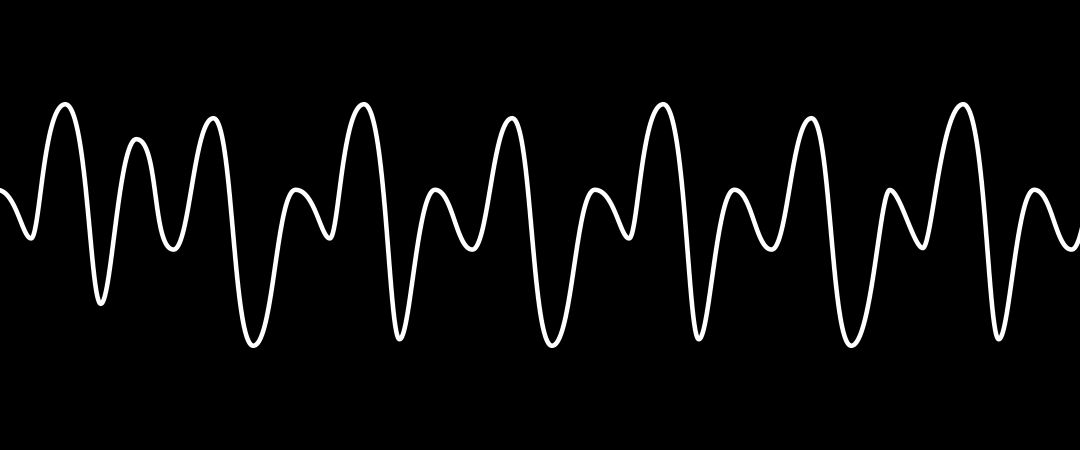Tuning-3. Schumann
The tragic and at the same time sublime story of the pavilion is dedicated to perceptual disturbance and obsession, which allows artists to break out of the accepted canons of the era and challenge the feelings of the viewer.
On February 27, 1854, Robert Schumann attempted suicide by throwing himself in the Rhein. A day later, the composer completed his final work, the Variations in E-flat Major, also known as the Ghost Variations (1854). Several days later, the forty-four-year-old Schumann was sent to a private psychiatric clinic near Bonn, where he died two years later, on July 29, 1856. КWhen he began working on the Variations, Schumann was already suffering from aural hallucinations. Themes sung by angels appeared in Schumann’s earlier works, nota-bly his String Quartet no. 2 (1842) and the slow movement of the Violin Concerto (1853). In the Ghost Variations, the initially stable, monolithic choral theme is gradually blurred and distorted, finally dissolving and disappearing in the anxious chromatic haze of the finale.

The composer’s fate echoes the tragedy of the artist Mikhail Vrubel, whose Figure. Double-sided sketch (1903) is presented in the pavilion, also spent the last years of his life in a psychiatric clinic. Vrubel constantly drew self-portraits, and portraits of doctors and patients. Immersing both himself and the viewer in the depths of human illness, Vrubel, like Schumann, discovered both angels and demons, to which he would return in the very last days of his life.
The German artist Gerhard Richter combines aberrations and shifts that distort space with photographically impeccable details, making viewers realise that what they see may be false and arbitrary — at least in analogue media. In his Woman’s Head in Profile (1966), this distorted object is a female portrait, the flickering appearance of a woman created by faulty equipment.
In her series Untitled Film Stills, Cindy Sherman concentrates the suspense of a whole film into a single image. The films themselves never existed, but the photographs make it possible to guess their genre, even to plot certain developments. The heroine of the thriller in Untitled Film Still #58 (1980) is photographed in a romantic landscape in the spirit of Caspar David Friedrich, though rather than cliffs, she is surrounded by skyscrapers, and the supposed steadfastness and stoicism of the romantic hero is replaced by the uncertainty and anxiety of the modern world; only the tragic tension remains unchanged.
Alberto Giacometti’s Grey figure (1957) shows the instability of the inner world in the face of external disasters, and enters into dialogue with Francis Bacon’s Study for a Portrait (1953). Here a collective image also arises, immersed in existential despair, removed from familiar reality, and placed in an abstract cocoon.
The screen shows Karlheinz Martin’s film From Morn to Midnight (1920), the screenplay of which is the work of the classic German expressionist writer Georg Kaiser. The main character, a bank clerk, steals money to pass through a gateway into another world, but his attempts to escape the boundaries of the visible universe prove unendurable, and he goes mad.
Two works in this pavilion refocus the viewer’s vision, revealing a changed space with mixed perspectives that require unfamiliar registers of sensitivity. Shannon Ebner’s Leaning Tree (2002–2008) stands in a deliberately distorted landscape, causing a state of instability and confusing the vestibular apparatus.
Irina Korina’s installation Urangst (2003) invites us to walk over a shaky floor past booths that have been turned inside out, and to look up: the video on the ceiling further disori-entates the viewer, unsettling the mind. It turns out very little is needed to violate spatial coordinates and distort customary ideas about the world around us.
The interior of the pavilion harkens back to the design of the 2000s, when a fondness for natural materials was combined with grotesque light solutions, and general minimalism with hypertrophied intricacy of details.
Robert Schumann (1810–1856)
Geistervariationen (Ghost Variations), WoO 24, 1854
Performed by:
Alexey Petrov, piano
Recorded at Petersburg Recording Studio. Commissioned by V–A– C Foundation (2022)
Sound engineer Alexey Barashkin